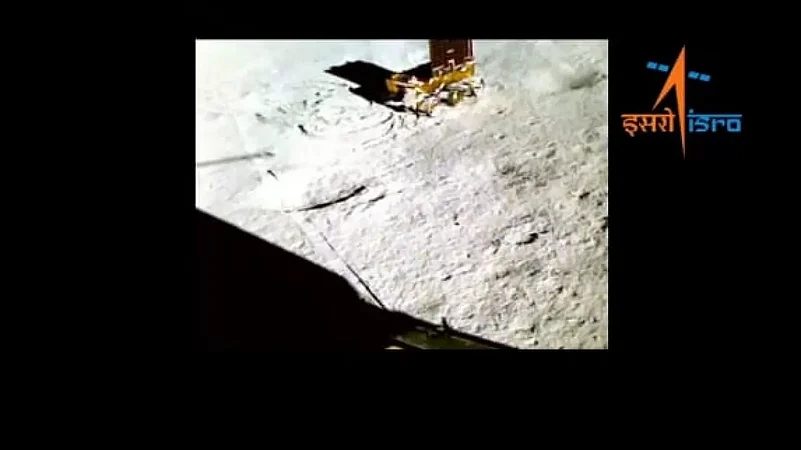The Indian Space Research Organisation (ISRO) revealed on Thursday a groundbreaking discovery made by the Chandrayaan-3's Pragyan rover. An instrument named the Alpha Particle X-ray Spe
ctroscope (APXS) has detected the presence of Sulphur (S) on the Moon using a distinct technique.
ISRO's Twitter post left scientists intrigued by the finding, prompting them to reconsider possible sources of the Sulphur (S) on the lunar surface—whether it might be intrinsic, volcanic, meteoritic, or something yet unexplored.
Sulphur's unexpected appearance on the Moon raises significant questions about the moon's composition in the region where the Chandrayaan-3 rover landed. ISRO emphasized that understanding the makeup of the lunar soil and rocks in the south polar region, in contrast to other highland areas, is the rover's central mission.
The implications of the Sulphur discovery are profound. The presence of Sulphur might suggest the existence of water ice on the Moon or indicate recent volcanic activity that released Sulphur into the lunar environment.
ISRO also shared a fascinating video showcasing the Alpha Particle X-ray Spectroscope (APXS) in action. This intricate instrument, standing at 18 cm tall, utilizes an automated hinge mechanism to align its detector head approximately 5 cm from the moon's surface. This technique allows for in-situ analysis of the elemental composition of soil and rocks on planetary bodies with minimal atmosphere, such as the Moon.
The APXS's operational principle is captivating. By emitting alpha particles and X-rays onto a sample's surface, it prompts the atoms within the sample to emit characteristic X-ray lines corresponding to their constituent elements. Through precise measurement of the energies and intensities of these X-rays, scientists can identify the elements present in the sample and determine their relative abundances.


























